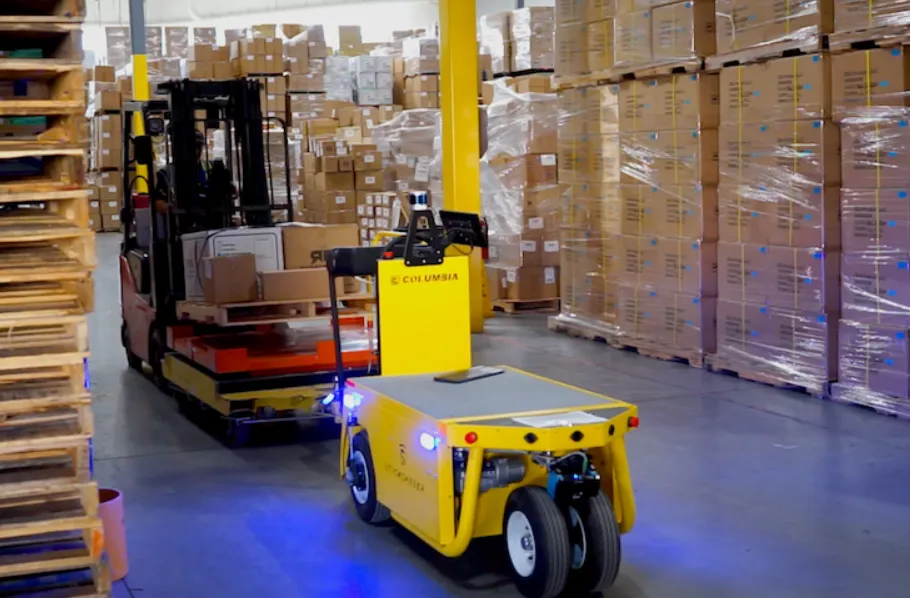Aviation warehouses are vital to the seamless functioning of airlines since they handle and distribute necessary equipment and supplies. Many businesses are using stock chasers in their warehouses to improve productivity and security. These small, adaptable vehicles are made to make a variety of warehouse operations easier, like inventory management and item picking and transportation. This article looks at the many advantages of utilizing stock chasers in aviation warehouses, such as increased efficiency, safety, cost-effectiveness, flexibility, and the impact of technical improvements.
Contents
Enhancing Efficiency
By simplifying processes, stock chasers greatly increase aviation warehouse efficiency. Workers can travel faster along the aisles using these small, maneuverable vehicles, which cuts down on the amount of time it takes to pick up and transfer things. Stock chasers expedite the retrieval process and guarantee that components and materials get to their destinations more quickly by reducing the distance that staff members must walk.
Overall productivity is boosted since more jobs can be finished in less time due to this greater efficiency. Furthermore, stock chasers can easily maneuver around tight corners and small places, improving warehouse space utilization.
Improving Safety
Any warehouse should prioritize safety, and stock chasers make a big difference in making the workplace safer. These vehicles have ergonomic designs that lessen the physical strain on employees and lower their chance of accidents from lifting and transporting large objects. Stability elements, such as low centers of gravity and powerful braking systems, help to minimize accidents and assure smooth operation even when fully loaded.
Stock chasers lessen the chance of trips, falls, and slips by eliminating the need for heavy lifting and lengthy walks. Warehouses that employ stock chasers report fewer workplace mishaps and injuries, highlighting the importance of these workers in fostering safety. All employees can work in a more secure and safe environment if stock chasers are used.
Cost-Effectiveness
Aviation warehouses can save a significant amount of money by employing stock chasers, which is an economical approach. Because these vehicles increase production and efficiency and let workers do more tasks in less time, they lower labor expenses. By minimizing wear and tear on other warehouse equipment and lowering the need for additional manual labor, stock chasers help reduce operating costs. Because of their longevity and low maintenance needs, stock chasers have a cheaper total cost of ownership when compared to alternative material handling options.
Any aviation warehouse would be prudent to invest in stock chasers as the financial rewards mount over time. Stock chasers increase overall financial performance through increasing efficiency and cutting costs.
Flexibility and Versatility
Stock chasers are essential in aircraft warehouses because they provide unmatched versatility and flexibility. These vehicles can move bigger objects and supplies as well as pick and transfer small parts, among other functions. They may function in a variety of settings, from wide aisles to roomy storage facilities, thanks to their small size.
Whether it’s rearranging areas or handling various kinds of merchandise, stock chasers are agile enough to adjust to evolving warehouse requirements. They are also appropriate for a range of uses, including inventory control, order fulfillment, and restocking. Stock chasers are a useful tool for keeping your warehouse flexible and responsive to changing needs, which will preserve productivity and operational efficiency.
Technological Advancements
Aviation warehouse stock chasers are now much more functional and efficient because of technological improvements. Contemporary stock chasers are equipped with cutting-edge battery technology, which extends their operating hours and minimizes downtime for recharging. Integrating them with warehouse management systems (WMS) improves operational planning and inventory by enabling real-time tracking and data collection.
To increase safety and efficiency even more, certain stock chasers now come equipped with automatic navigation and collision avoidance technologies. Future developments suggest that automation and connectivity will only increase, maybe leading to completely autonomous stock chasers that can move around the warehouse on their own and complete jobs.
Conclusion
Aviation warehouses can benefit greatly from stock chasers, which completely change the way these facilities run. Stock chasers offer cost-effective solutions, increase productivity, and improve safety, all of which contribute to more secure and productive work environments. They can be used for a variety of tasks and warehouse layouts because of their adaptability and versatility, and as technology advances, so does their functionality and efficiency. Accepting these vehicles guarantees that warehouses may stay up to date with business advancements, promoting the general prosperity and security of aircraft operations.









